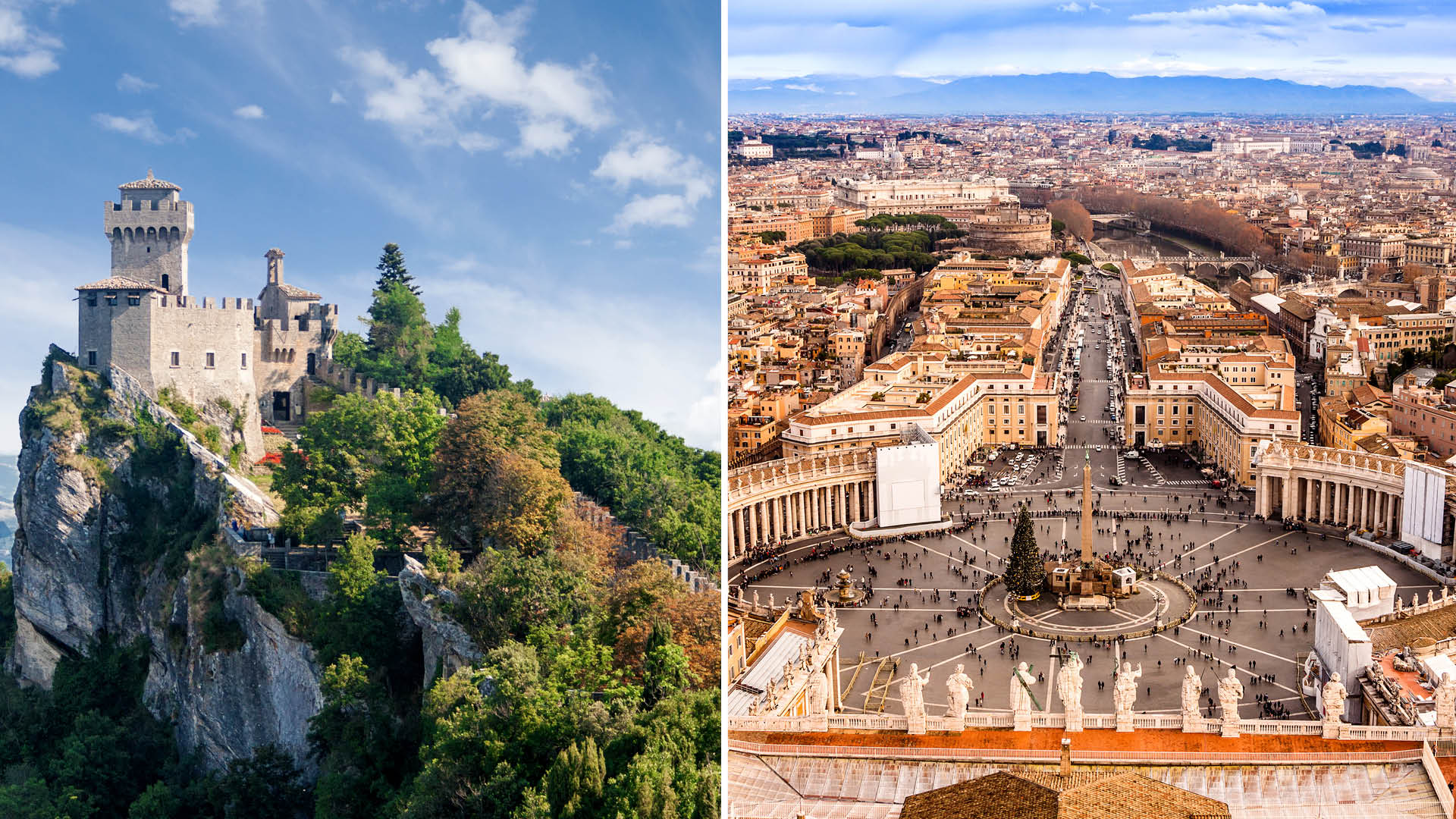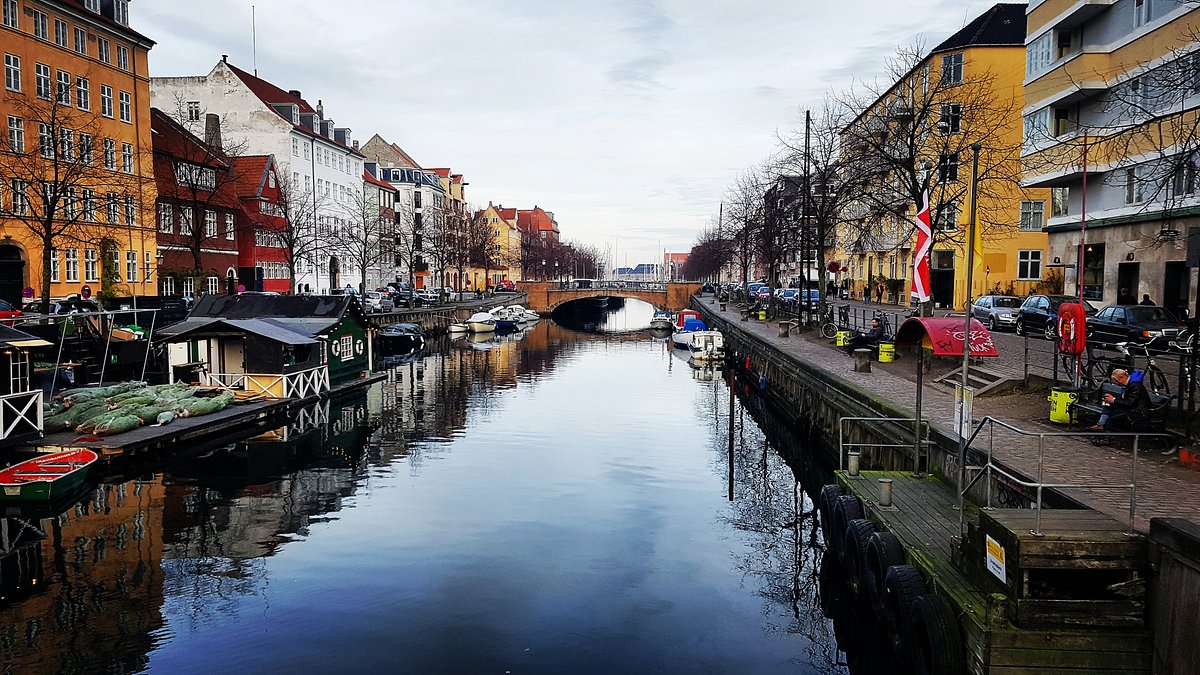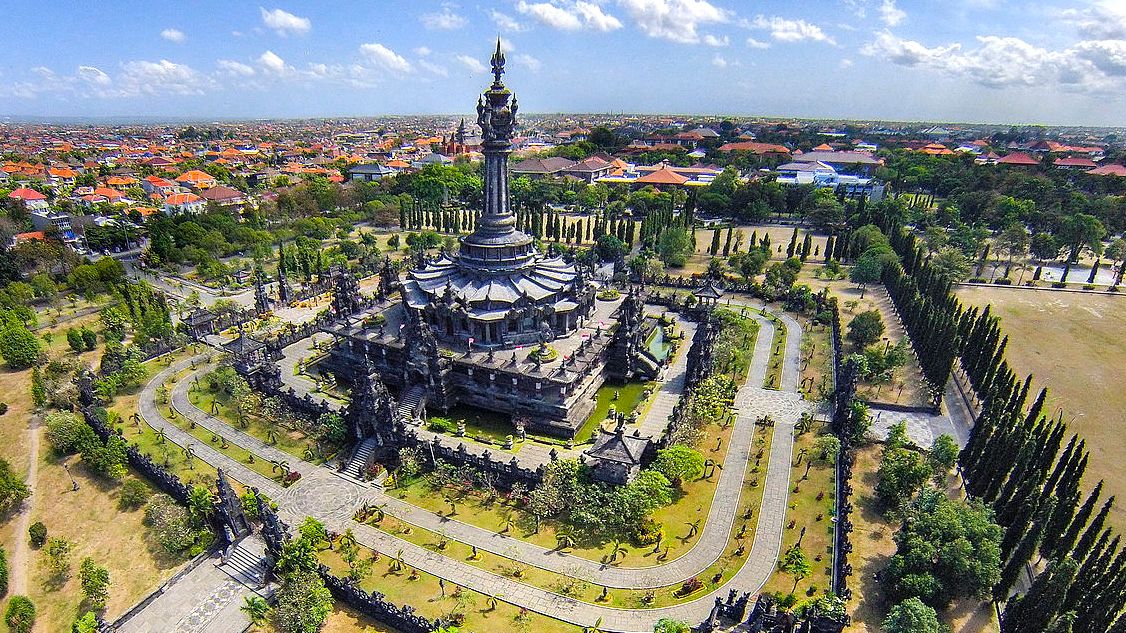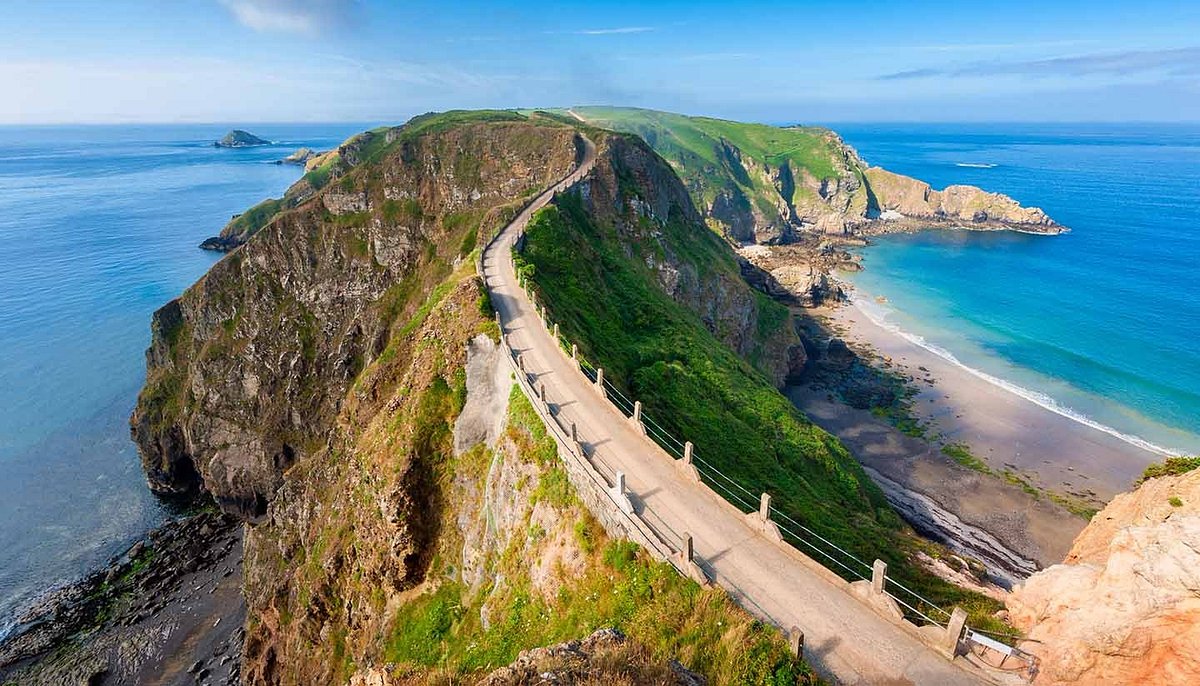In today’s world, it’s hard to imagine a country without an airport. With millions of flights connecting cities every day, air travel feels like the easiest way to cross borders. But believe it or not, a few tiny countries have managed just fine without a single airstrip within their borders. For travelers who love unusual trips and offbeat stories, these four airport-free nations prove that adventure often begins long before you reach your destination. Here’s a look at which countries have no airports—and how to reach them anyway.
1. Vatican City
The world’s smallest independent state has no room for a runway. Vatican City, at just 0.49 square kilometers, is entirely surrounded by Rome, Italy. With only about 800 residents, including the Pope and clergy, there’s simply no need for an airport when Rome’s Leonardo da Vinci International Airport (Fiumicino) and Ciampino Airport are right next door.
How to get there:
Fly into Rome, then make your way to Vatican City by bus, taxi, or metro. Many visitors simply walk from nearby hotels. Once inside, you can stand in St. Peter’s Square, admire Michelangelo’s ceiling in the Sistine Chapel, and send a postcard with a Vatican stamp. It’s a country you can visit without ever flashing your passport at a border.
2. Liechtenstein
Tucked between Switzerland and Austria, Liechtenstein is a fairytale-sized alpine country with no commercial airports. The rugged landscape of mountains and valleys makes building a runway impractical. But this tiny principality, home to just under 40,000 people, still welcomes visitors eager to hike, ski, or see its medieval castles.
How to get there:
Travelers usually fly into Zurich Airport in Switzerland, about 115 kilometers away. From Zurich, catch a train to Sargans or Buchs near the border, then hop on a local bus into Liechtenstein. The whole journey takes about two hours, and the scenery is half the adventure—green meadows, towering peaks, and the Rhine River winding through tiny villages.
3. San Marino
Like Vatican City, San Marino is landlocked within Italy. Perched on Mount Titano, this microstate claims to be the world’s oldest republic. With no flat land suitable for a runway, San Marino relies entirely on Italian transport connections.
How to get there:
The closest airport is Federico Fellini International Airport in Rimini, Italy, just 25 kilometers away. From Rimini, buses run regularly up the winding mountain roads to San Marino’s old town. Once you arrive, you’ll find stone towers, narrow lanes, and sweeping views all the way to the Adriatic coast. Some travelers even bike up from the Italian seaside for the thrill.
4. Monaco
Monaco might be famous for its luxury yachts, casinos, and Formula 1 race, but the tiny principality has no commercial airport of its own. Sandwiched along the French Riviera, Monaco is squeezed between mountains and the Mediterranean Sea, leaving no space for a runway. Still, this glittering microstate stays well-connected for those who want to arrive in style.
How to get there:
Most visitors land at Nice Côte d’Azur Airport in France, about 30 kilometers from Monaco. From Nice, you can reach Monaco by train in under 30 minutes, drive the scenic coastal highway, or—if you’re feeling fancy—book a quick helicopter transfer that lands at Monaco’s heliport. Once there, you’re steps away from the Monte Carlo Casino, glamorous hotels, and cliffside beaches.
Small Countries, Big Stories
These four countries prove you don’t always need an airport to stay connected to the world. While they might not welcome jetliners on home soil, they have mastered the art of linking up with bigger neighbors through trains, buses, ferries, and scenic roadways.
For travelers, the journey is half the fun. Flying into Rome, Zurich, Rimini, or Nice and finishing your trip by train, bus, or helicopter gives you a chance to see beautiful countryside, coastal roads, and hidden corners that many tourists miss when they fly directly to big cities.
So next time you plan a unique adventure, consider these airport-free nations. You’ll step into a story of medieval castles, ancient republics, and city-states that have stayed independent for centuries—without ever needing a runway to touch the sky.








